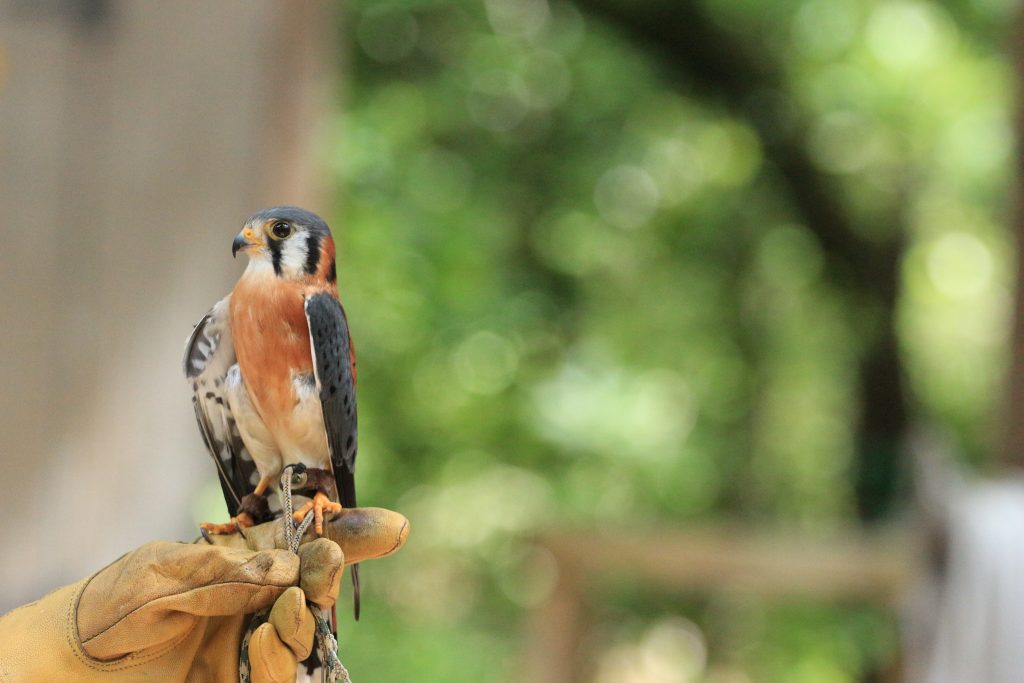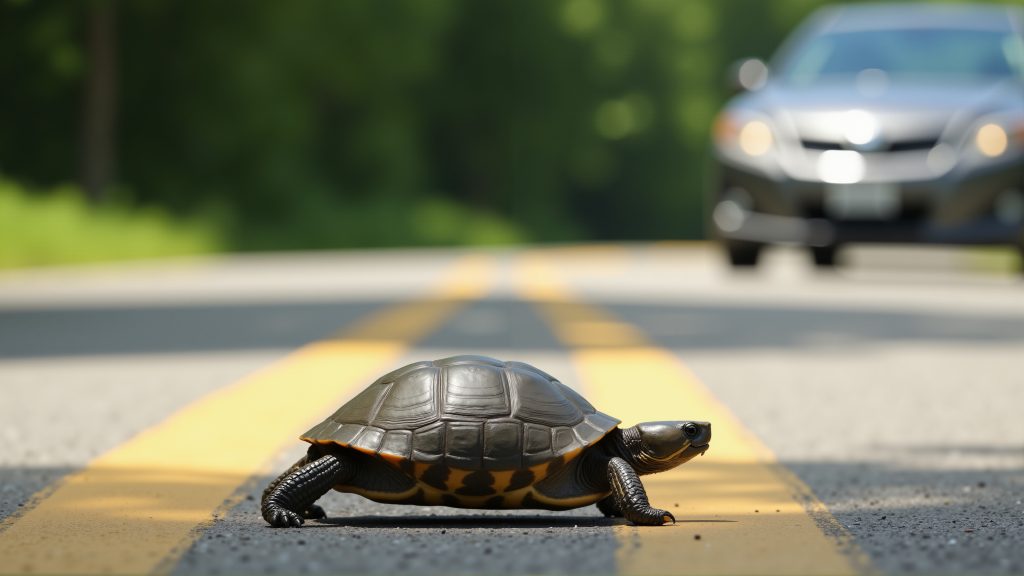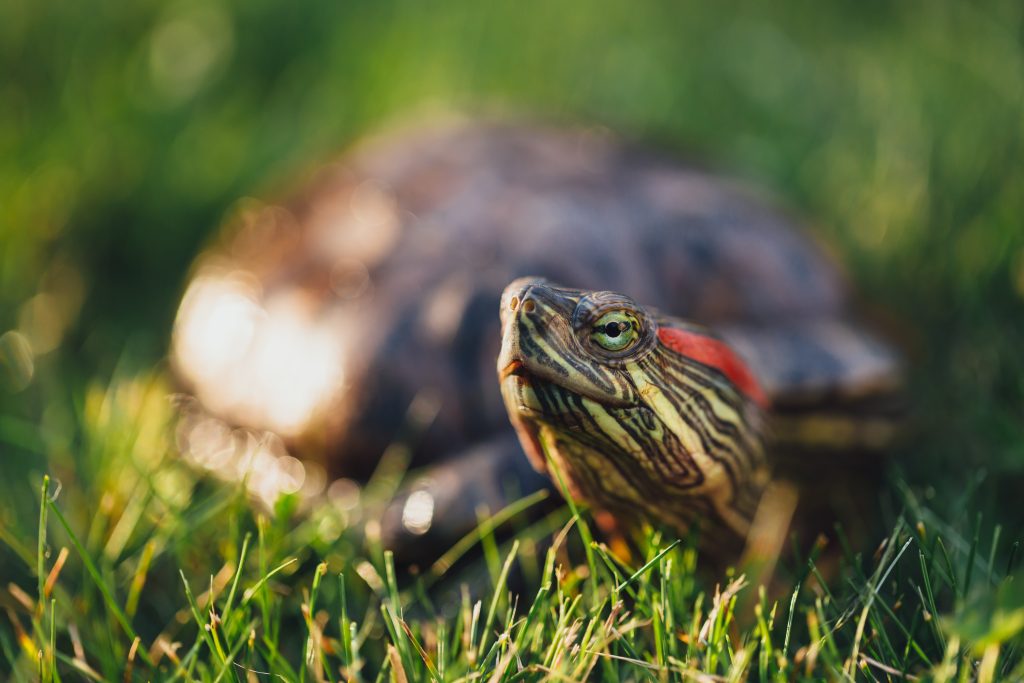Ontario is home to a diverse range of wildlife, from urban-dwelling raccoons and squirrels to majestic birds of prey and endangered species. When these animals are injured, orphaned, or displaced, they often rely on the dedication of wildlife rehabilitators—trained professionals and volunteers who provide critical care and a second chance at life.
What Do Wildlife Rehabbers Do?
Wildlife rehabilitators in Ontario are licensed by the Ministry of Natural Resources and Forestry (MNRF) and work tirelessly to rescue, treat, and release wild animals back into their natural habitats. Their responsibilities include:
- Rescue & Stabilization: Responding to reports of injured or orphaned wildlife and ensuring they receive immediate care.
- Medical Treatment & Rehabilitation: Providing first aid, surgery, medication, and physiotherapy when needed.
- Orphaned Animal Care: Hand-raising baby animals that have lost their mothers, ensuring they develop survival skills before release.
- Public Education: Teaching communities about coexisting with wildlife, preventing conflicts, and when intervention is necessary.
Why Is Wildlife Rehabilitation Important?
Ontario’s growing human population and expanding urban areas often lead to increased wildlife-human conflicts, habitat destruction, and vehicle collisions. Wildlife rehabbers play a crucial role in:
- Conserving Native Species – Many rehabilitators specialize in helping threatened or at-risk species, ensuring their survival.
- Reducing Suffering – Injured wildlife often suffer needlessly without human intervention. Rehabbers provide humane care and prevent unnecessary deaths.
- Balancing Ecosystems – Healthy wildlife populations contribute to a balanced environment by controlling insect and rodent populations, pollinating plants, and maintaining biodiversity.
Challenges Faced by Wildlife Rehabilitators
Despite their invaluable work, wildlife rehabbers face significant challenges:
- Limited Funding – Most facilities operate as non-profits and rely on donations, grants, and volunteers.
- Strict Regulations – Rehabbers must comply with MNRF licensing requirements and species-specific protocols.
- High Workload & Burnout – Spring and summer bring a surge of orphaned animals, creating an overwhelming demand for resources and time.
How You Can Help
If you find an injured or orphaned wild animal in Ontario, the best thing to do is contact a licensed wildlife rehabilitator rather than attempting to care for it yourself. Here’s how you can support their efforts:
- Donate to local rehab centers to help cover medical supplies, food, and shelter costs.
- Volunteer at a facility to assist with animal care, transport, or public outreach.
- Spread Awareness by educating others about responsible wildlife interactions and conservation.
Conclusion
Wildlife rehabilitators are Ontario’s hidden heroes, working behind the scenes to protect and restore native species. Their work ensures that injured and orphaned animals get a second chance at life while fostering a deeper understanding of our connection to the natural world. Supporting their efforts is an investment in Ontario’s wildlife and the future of conservation.


